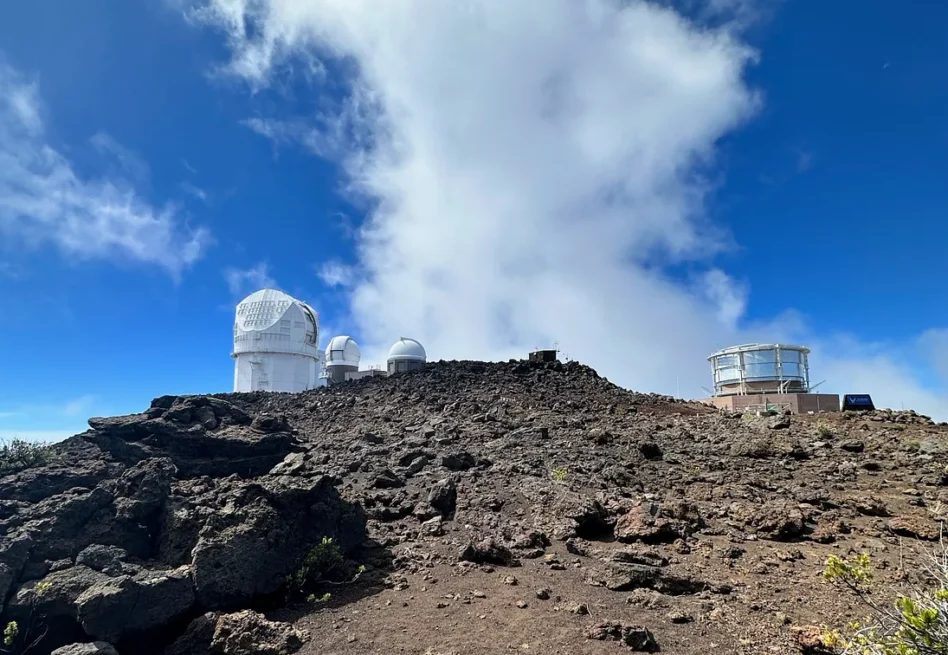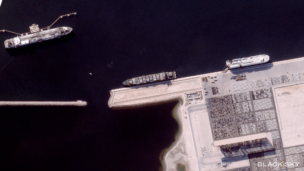The Space Force awarded Anduril a $99.7M contract yesterday to give its Space Surveillance Network (SSN) a much-needed makeover.
The indefinite delivery, indefinite quantity contract lays out a five-year program for the privately-held California defense tech company to replace US Space Command’s decades-old communications tech with the company’s AI-powered Lattice software.
Anduril couldn’t say by press time what the milestones are for the contract or if it has an initial payment.
Out with the old: SPACECOM’s Defense Interface Network is plagued by aging infrastructure that “can only move data at speeds of roughly one-tenth of old dial up internet,” according to Anduril.
The company says its Space Domain Awareness Network (SDANet) is a mesh communications network, an architecture that uses multiple links between sensors, data, and operators to offer more speed and reliability.
In English? Lattice uses machine learning and AI models to help operators track objects in space. As a result, SPACECOM will have a more resilient space surveillance tool that’s better equipped to detect and counter adversarial actions in orbit.
In with the new: Anduril demonstrated Lattice’s capabilities at SPACECOM’s Maui Space Surveillance Network Complex in 2022. After a severe storm crippled communications at the site, the company said its mesh network was able to restore operational communications within 24 hours, while legacy systems took three weeks to get back online.
Anduril is already deploying SDANet in other countries and providing data to the DoD’s Unified Data Library, a central repository for space surveillance information. The new contract mandates full deployment of SDANet by the end of 2026.




